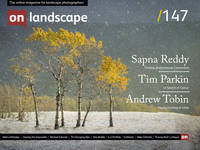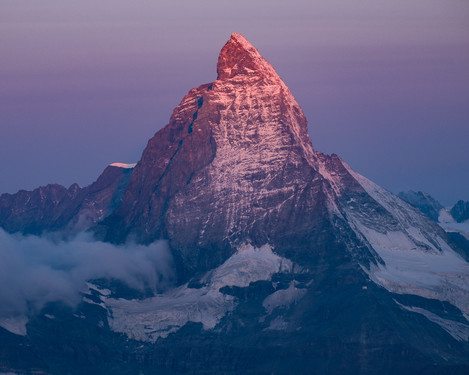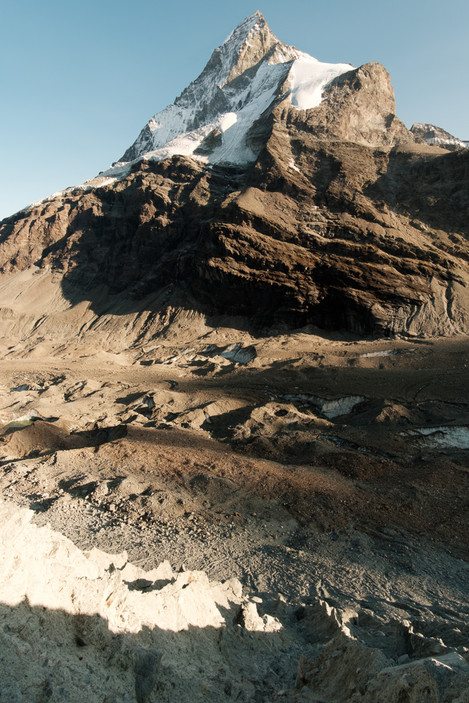Humanity’s Presence

Alex Roddie
Alex Roddie is a professional editor, writer, and occasionally photographer active in UK outdoors print media. He’s editor of the magazines Sidetracked and Like the Wind, and regularly writes for The Great Outdoors. He’s passionate about analogue photography although rarely dares take his vintage film cameras out for a spin in winter conditions. Alex is based in Scotland with his wife Hannah.
Think of an image depicting the Swiss Alps. Chances are, you’re visualising a gorgeous scene of the Matterhorn, perhaps rising above a meadow of wildflowers, maybe reflected in the still waters of a pool at dawn. The Matterhorn is a dominant visual motif in popular Alpine imagery. But how accurate is that depiction of an unspoiled natural mountain environment? And as photographers, is it our duty to tell the full, uncensored truth?
I first visited the Swiss Alps in 2007. I wasn’t a photographer then – I came to the mountains as a climber, a passion that slowly morphed into a love of landscape and mountain photography. But I remember feeling puzzled at the disconnect between reality and my expectations. Almost every image I’d seen published of the Swiss Alps portrayed pristine, beautiful desolation – or, at most, a minimal human footprint on the land. A quaint wooden chalet or cobbled street leading the eye over the rooftops and back into the mountains.
But it was only when I returned to the same spot a decade later, in 2017, that I comprehended the true scale of this reality gap in the Alps.
On an intellectual level, I knew that climate change was affecting the Alps, that glaciers were in retreat, but there’s nothing like seeing it for yourself to drive the point home. When I returned to Zermatt in September 2017 and revisited some of the climbs I’d done ten years before, I was shocked at what I found.



